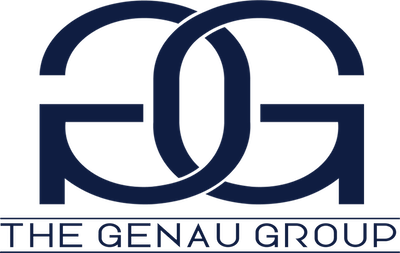Every workplace project eventually comes to an end. Completion can seem like a far-off goal when you’re first getting started, but it quickly sneaks up on you as you dig into the work.
A workplace project is, by definition, a temporary undertaking with a beginning and an end. It is different from the regular at-work schedule and often includes unique tasks that are unlike your usual job. The fact that each project has an endpoint makes a closing and transition strategy essential for managers and employees who need to return to their everyday tasks. Managers will typically create a checklist to ensure they don’t forget any vital aspects when closing out a project after its completion.
This guide will walk you through the importance of creating a project closeout checklist and let you know what you include in it.
The Importance of a Project Closeout Checklist
Putting a project closeout checklist together ensures that everyone involved in the project knows all tasks that require attention before moving onto something else. This list can help ease the transition and makes it less likely that you’ll forget something along the way. Here are a few other reasons why this is an important tool:
- Remember the Paperwork
There is paperwork everywhere in the commercial real estate world, and having notes on everything you need to fill out on a checklist can stop you from overlooking any of it. This paperwork can include signing off on completed deliverables, reviewing work requirements, and double-checking for pending tasks. Ticking off each item as you complete it can help organize the entire process.
- Keep Everyone Focused
A physical list is a great way to keep every member of your team focused throughout the last stages of the project. It’s easy for employees to get ahead of themselves as a project nears completion. Making your project closeout checklist available to everyone will enable them to see what’s left to do before the big day arrives.
- Ease the Transition
You will want to get your employees on new tasks as the current project winds down, and a checklist makes it easier to reassign individuals as they’re freed up. Using a list in this manner ensures you aren’t wasting anyone’s time by keeping them on the project longer than necessary.
- Comply With Best Practices – The ever-changing world of best practices makes a list an essential part of any project. Your checklist will lay out all the steps you must complete to conform to best practices, so you don’t neglect anything and end up with an upset customer or executive complaining to you.
Keeping a well-organized checklist guarantees you won’t forget or overlook any jobs that are essential to your project closeout. Every closeout is different, so you’ll want to develop your list carefully to meet your project’s specific requirements.
6 Tips for Creating a Project Closeout Checklist
Your project is unique, but there are some topics that most project closeout checklists should include. These aspects ensure you don’t miss any loose ends and can wrap the project up with as few problems as possible.

1. Note the Project Conditions
Your checklist should include information on the project’s initial scope and requirements to ensure you meet them. This element seems like common sense, but a project’s parameters can muddle over time, leading to managers overlooking essential aspects.
2. Include Approvals and Signatures
Make sure the project closeout checklist reminds you to double-check for all the necessary approvals and signatures. Stakeholders, customers, third-party vendors, and managers must sign-off on certain parts of the project, and you can’t finalize anything without these endorsements.
3. Settle All Payments
There are always invoices, commissions, fees, bonuses, and other financial aspects to cover as a project winds down. Go through all these papers and process any outstanding payments as quickly as possible to build goodwill. Finalizing an expense report also makes it easier to create your budget for the next project.
4. Archive Documentation
Your project will provide you with a wealth of information, including project plans, meeting minutes, contracts, business requirements, and other documents that your organization can use in the future. Your checklist should include a section on organizing and indexing these documents so you have easy access to them the next time you work on a similar project.
5. Identify Lessons
Learning from the project can help you become a better manager, so it’s always a good idea to collect information after closeout to use in the future. This process might involve collecting feedback from team members, vendors, clients, and other stakeholders. Make a note of this step on your checklist to ensure it becomes a priority.
6. Release Resources
All of the resources you’re using on your project could be valuable elsewhere in your organization. Releasing these resources, including employees and equipment, as soon as you no longer need them can therefore help the business as a whole. Keeping a checklist gives you a clear idea of when you can release each resource for others to use.
Your project closeout checklist might end up being a large document, but it’s far easier to stay organized when you have a clear path written in front of you. You can also visualize the progress you’re making as you check items off, helping to keep you on track in the final days and weeks of your task.
Contact an Expert in Commercial Real Estate Project Management
Project management can be an overwhelming experience, particularly in commercial real estate. Hiring a professional project manager for your next office move makes it more likely that you’ll stay organized, within budget, and on schedule until the project closeout stage arrives.
The Genau Group provides expert commercial real estate project management in the Washington, D.C., area, along with other professional CRE services. Please contact us for more information on managing your next office move or renovation.






